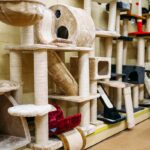Ever wondered why horses wear those shiny metal shoes? You’re not alone. Whether you’ve seen a farrier working on a horse’s hoof or just watched a cowboy movie, horseshoes have probably caught your eye. Let’s break down why horses wear shoes, whether all horses need them, and how it all works.
The History of Horseshoes
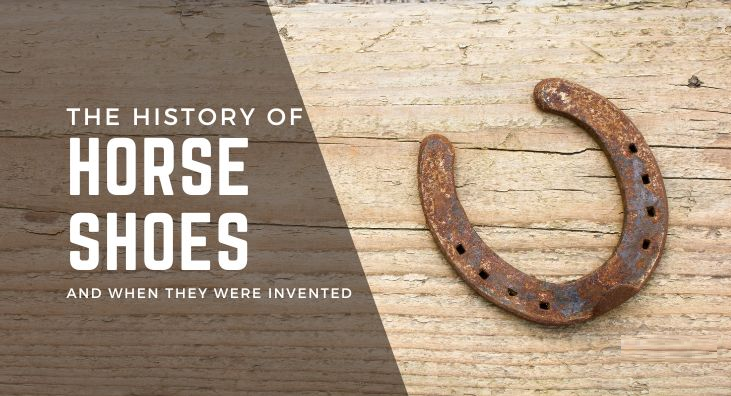
Ancient Practices of Protecting Hooves
Long before the modern horseshoe, people realized horses needed extra hoof protection. Ancient Asian and Roman horsemen wrapped hooves in rawhide and leather to guard them against rocky terrain.
Evolution of the Modern Horseshoe
Metal horseshoes appeared around 500 AD, changing everything. Iron shoes nailed to hooves made it easier for horses to travel farther without injuring their feet. This innovation spread quickly across Europe.
What Are Horseshoes?
Materials Used in Horseshoes

Today’s horseshoes come in various materials, including steel (for durability), aluminum (for lightweight performance), rubber, and plastic (for therapeutic uses).
Different Types of Horseshoes
There’s no one-size-fits-all. Shoes vary depending on what the horse does—racing, jumping, trail riding, or working on a farm.
Why Do Horses Wear Shoes?

Protection from Hard Surfaces
Imagine walking barefoot on gravel all day—ouch, right? Horseshoes shield hooves from bruises, chips, and excessive wear.
Improving Performance
Certain shoes improve traction on slick surfaces or help correct hoof and leg alignment for better movement.
Therapeutic Reasons
Some horses have hoof problems like laminitis or navicular disease. Specially designed shoes relieve pain and support healing.
Do All Horses Need to Be Shoed?
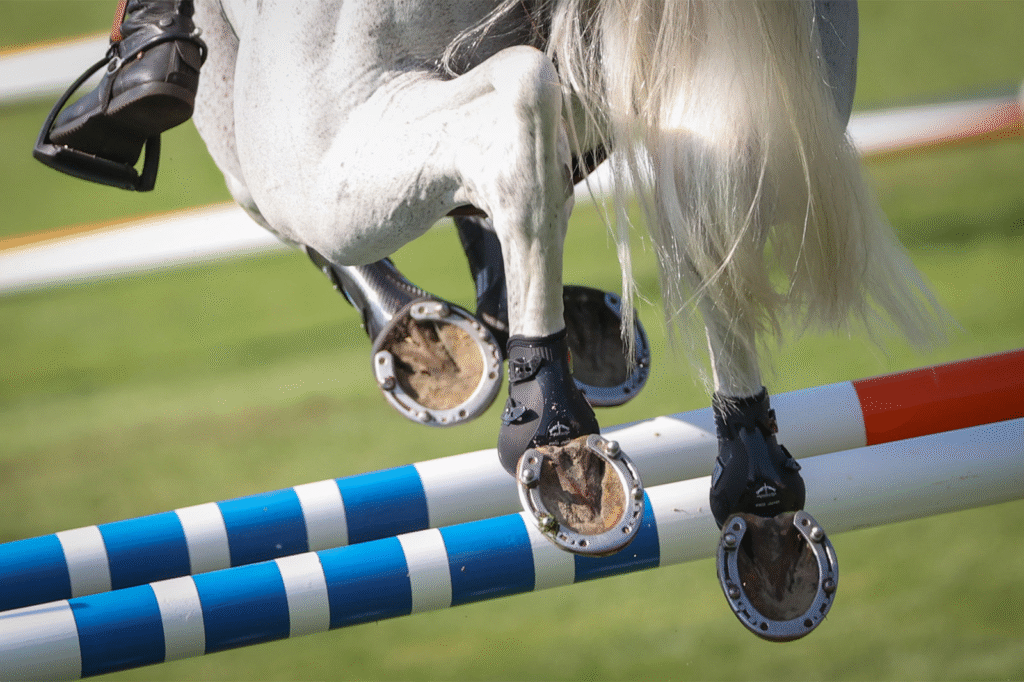
When Barefoot is Better
Not every horse needs shoes. Horses that live in soft pastures and aren’t worked on hard surfaces often do perfectly well barefoot.
Factors Influencing the Need for Shoes
Whether a horse should be shoed depends on:
- The type of work it does
- The condition of its hooves
- The terrain it travels on
- Overall health and conformation
How Horseshoes Protect Hooves

Preventing Cracks and Splits
Shoes help distribute pressure evenly and protect against cracks caused by hard or uneven ground.
Reducing Excessive Wear
Without shoes, a working horse’s hooves can wear down faster than they grow back.
Common Misconceptions About Horseshoes
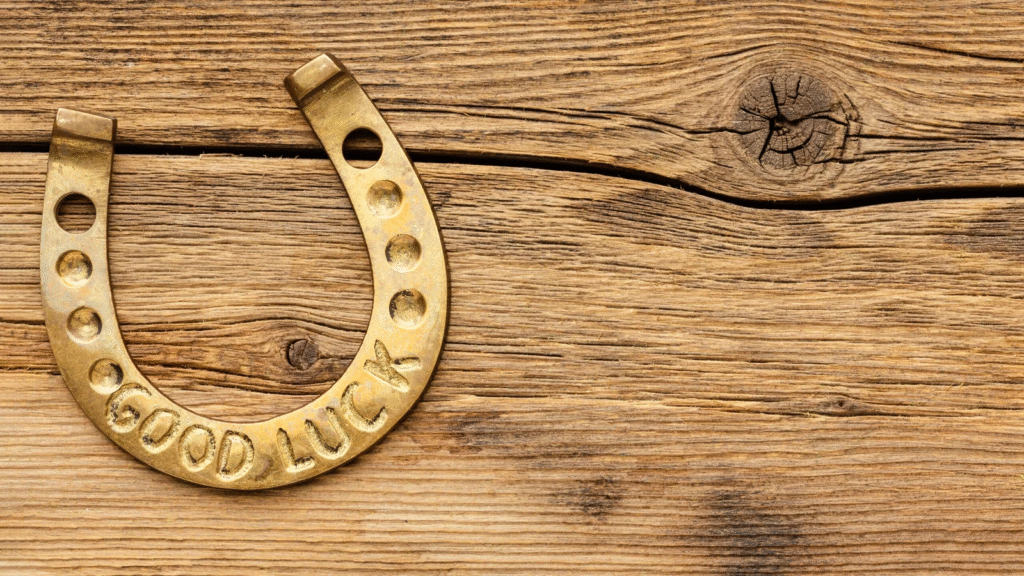
Does Shoeing Hurt the Horse?
Nope. Horseshoes are nailed into the insensitive hoof wall, which is like your fingernail—no nerves, no pain if done correctly.
Are Shoes Always Necessary?
Absolutely not. Many horses thrive barefoot if conditions allow.
How Are Horseshoes Attached?
The Role of the Farrier
Farriers are skilled professionals who trim hooves and fit shoes. They’re part craftsman, part equine podiatrist.
The Shoeing Process Step by Step
- Clean and trim the hoof
- Shape the shoe to fit
- Nail the shoe carefully into the hoof wall
- File the nails flush and smooth the hoof edge
Potential Downsides of Horseshoes

Possible Hoof Damage
Improper shoeing can weaken hooves or cause infections.
Increased Risk of Injury
Loose shoes can trip a horse or cause injury to itself or others.
Barefoot vs. Shoed: Which Is Right for Your Horse?
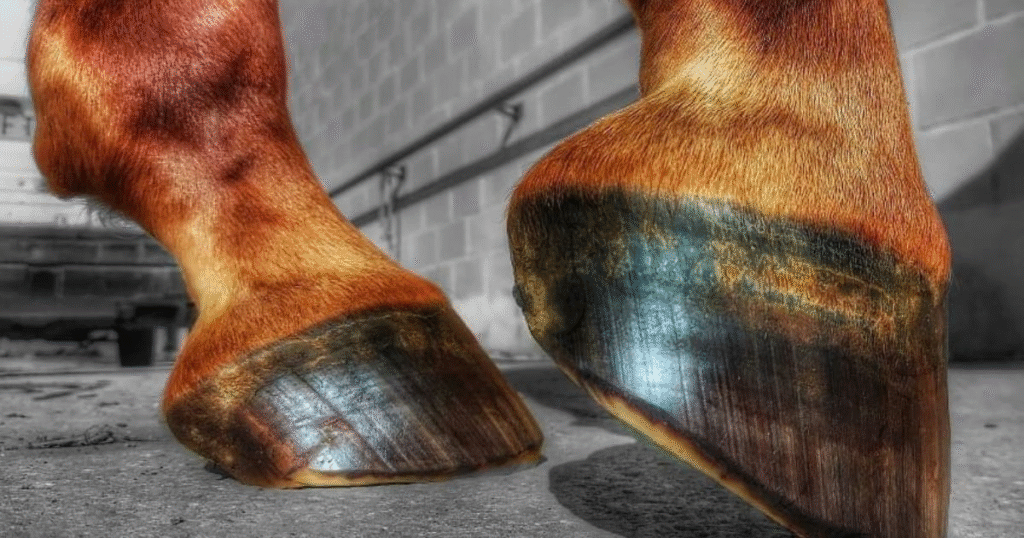
Assessing Your Horse’s Lifestyle
Does your horse work on rocky trails? Then shoes may be essential. Is it mostly in pasture? Barefoot might be just fine.
Consulting with a Farrier or Veterinarian
Always talk to an expert before deciding. They’ll evaluate your horse’s hooves, gait, and workload.
Alternatives to Traditional Horseshoes
Hoof Boots
Removable boots that protect hooves during rides—great for occasional use.
Glue-On Shoes
These stick-on options help horses with damaged or brittle hooves.
How Often Do Horses Need New Shoes?
Typical Replacement Schedule
Most horses need shoes replaced or reset every 4–6 weeks as their hooves grow.
Signs It’s Time for a Change
Watch for loose shoes, overgrown hooves, or changes in how your horse walks.
Shoeing for Different Disciplines

Racehorses
Lightweight aluminum shoes help them move faster.
Working and Trail Horses
Thicker steel shoes offer protection and traction.
Show Horses
Special shoes enhance performance and appearance.
Tips for Maintaining Healthy Hooves
Daily Hoof Care
Pick out your horse’s hooves daily to remove rocks and dirt.
Proper Diet and Nutrition
Balanced nutrition supports strong, healthy hoof growth.
Conclusion
Shoeing horses isn’t just tradition—it’s about protection, performance, and health. But not every horse needs shoes. Whether your horse goes barefoot or wears custom-fitted shoes, the goal is always the same: happy, healthy hooves. Always consult a qualified farrier and veterinarian to find the best approach.
FAQs
1. Do horseshoes hurt horses when nailed on?
No, the nails go into the hoof wall, which doesn’t have nerves.
2. How often should horseshoes be replaced?
Typically every 4–6 weeks, depending on growth and wear.
3. Can a horse be barefoot after wearing shoes for years?
Yes, but transitioning requires careful management and time.
4. What are hoof boots used for?
They protect hooves during riding or transitioning to barefoot.
5. Are there benefits to leaving a horse barefoot?
Yes—better circulation, natural wear, and fewer shoe-related problems if the environment is suitable.






